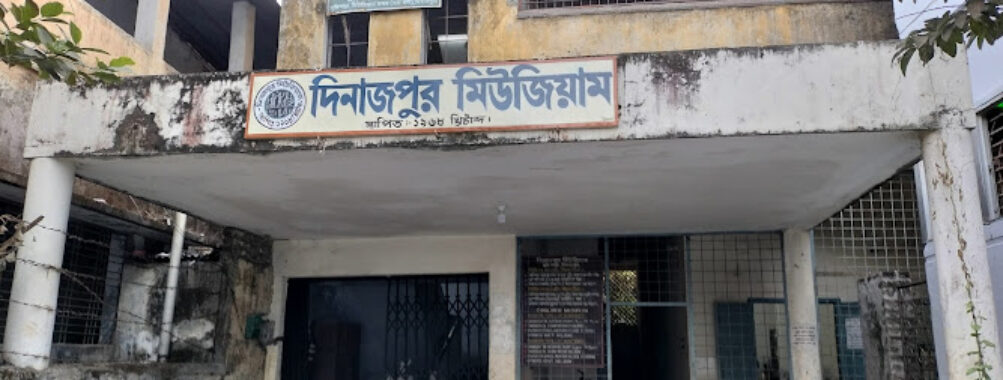
Dinajpur Museum
“`html
Table of Contents
Description
Dinajpur Museum is one of those places that quietly pulls you in with its depth of history and the little stories hidden in each artifact. It’s not a massive, overwhelming museum where you get lost in endless corridors. Instead, it feels approachable, personal even, like someone is showing you around their own collection of treasures. Established back in the late 1960s, the museum has grown into a cultural hub that preserves the heritage of northern Bangladesh. Inside, you’ll find ancient sculptures, coins, manuscripts, and traditional crafts that tell the tale of civilizations long gone but not forgotten.
What stands out here is how the museum balances the old with the accessible. It’s wheelchair-friendly, with ramps and restrooms that make it easier for everyone to explore comfortably. Families often bring their kids, and honestly, it’s a great spot for children to see history in a way that feels tangible. The museum also has a small restaurant and basic amenities, so you don’t have to worry about wandering around hungry or trying to find a restroom.
Now, to be real with you, the museum isn’t polished to perfection. Some exhibits feel a bit dated, and you might notice that certain displays could use more detailed descriptions. But that’s part of its charm—it’s authentic, not overly commercialized. And while not every visitor walks away dazzled, most leave with a genuine appreciation for the cultural richness of Dinajpur. If you’re someone who enjoys discovering places that feel grounded and real, this museum is worth your time.
Key Features
- A diverse collection of ancient sculptures, coins, and manuscripts
- Traditional crafts showcasing local artistry
- Wheelchair-accessible entrance, parking, and restrooms
- On-site restaurant and clean restroom facilities
- Kid-friendly environment with educational value
- Gallery spaces that highlight regional history and culture
Best Time to Visit
The best time to explore Dinajpur Museum is during the cooler months, roughly from November to February. The weather is pleasant, and you won’t find yourself sweating through your shirt as you wander around. Personally, I’d avoid the peak summer afternoons—it can get sticky and distract from the experience. Mornings are usually quieter, which means you can take your time with the exhibits without feeling rushed. And if you’re in town during a local festival, the museum often feels even more alive, with extra visitors and sometimes special exhibits.
How to Get There
Reaching the museum is relatively straightforward. Dinajpur is well connected by road and rail, so whether you’re coming from Dhaka or nearby districts, you’ll find buses and trains running regularly. Once you’re in Dinajpur town, the museum is a short ride away by rickshaw or local transport. If you’re like me and enjoy the slower pace of exploring a town by cycle rickshaw, this is one of those journeys that feels like part of the adventure. Just make sure to confirm the fare before hopping in—it saves you from those awkward last-minute haggles.
Tips for Visiting
If you’re planning a trip, here are a few things I’ve learned that might help you out:
- Take your time: Don’t rush through. Some of the smaller artifacts have fascinating details that are easy to miss if you’re just breezing by.
- Bring cash: Entry fees and small purchases nearby usually require cash, and ATMs aren’t always around the corner.
- Travel light: The museum isn’t huge, but carrying a heavy bag can be a hassle. Keep it simple.
- Talk to the staff: They often share stories or context that you won’t find on the display boards. I once learned about a local dynasty just from a casual chat with a guide there.
- Plan for kids: If you’re bringing children, prepare to explain some of the history in your own words—it makes the visit more engaging for them.
- Photography: Ask before snapping photos. Rules can vary, and it’s always better to be respectful.
And one last thing—don’t expect everything to be shiny and modern. That’s not what Dinajpur Museum is about. It’s about authenticity, about connecting with the roots of the region. If you come in with that mindset, you’ll walk away with memories that feel just a little more meaningful.
“`
Location
Places to Stay Near Dinajpur Museum
Find and Book a Tour
Explore More Travel Guides
No reviews found! Be the first to review!